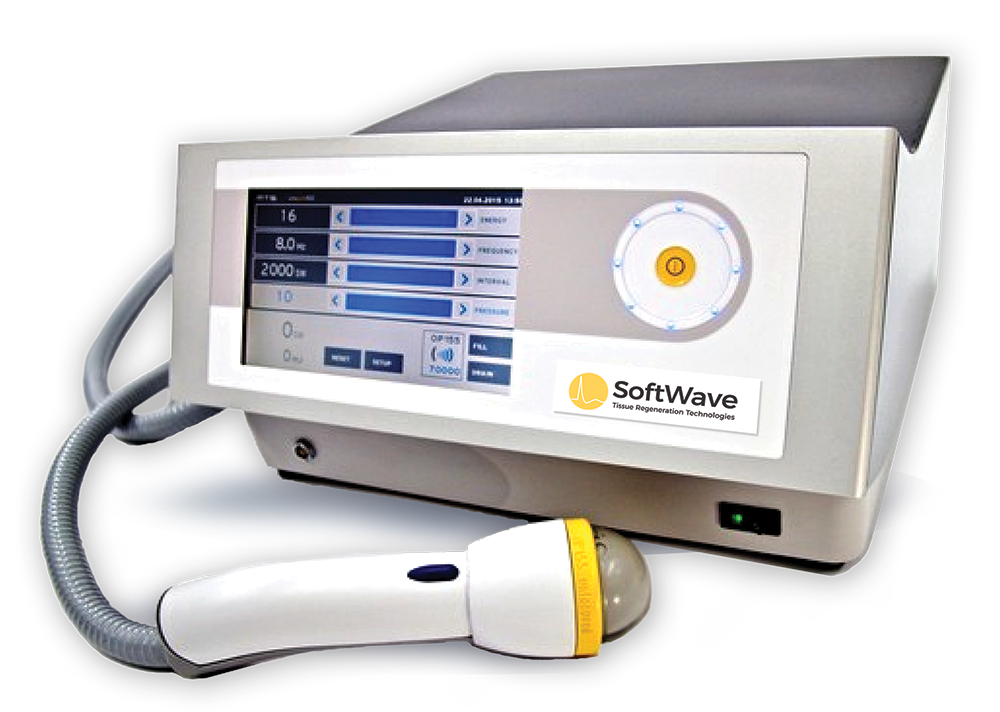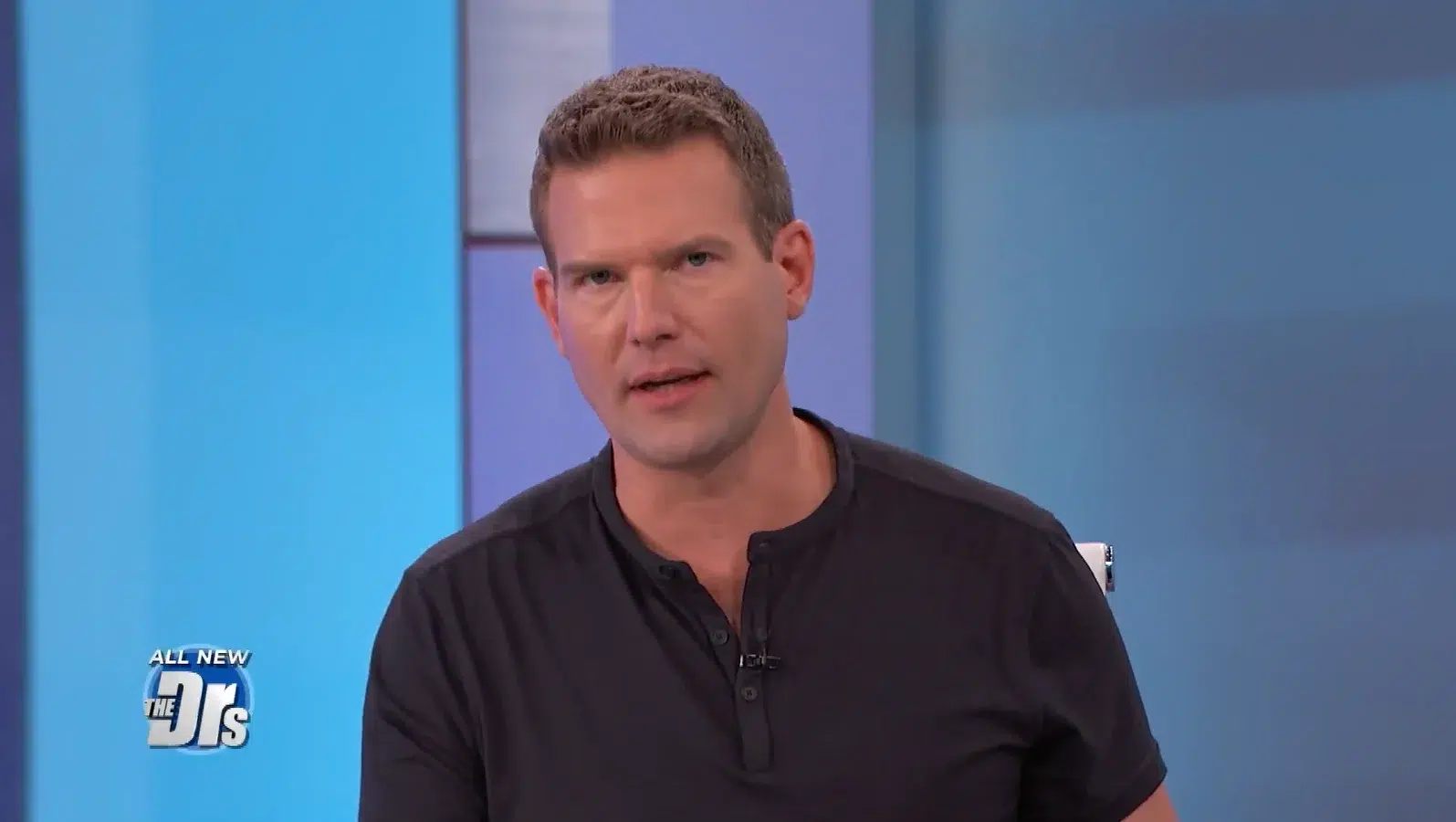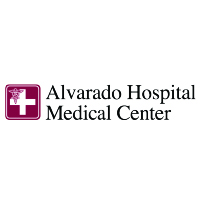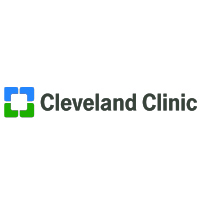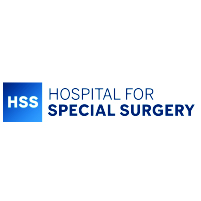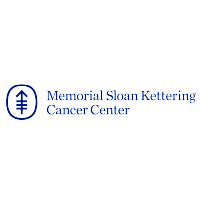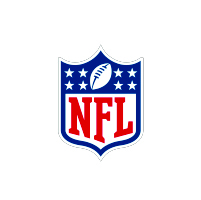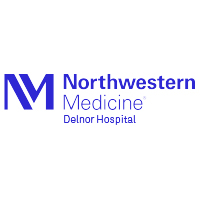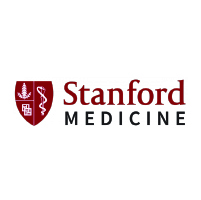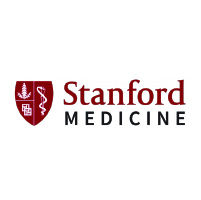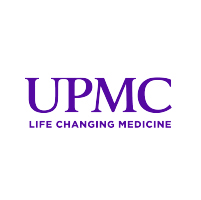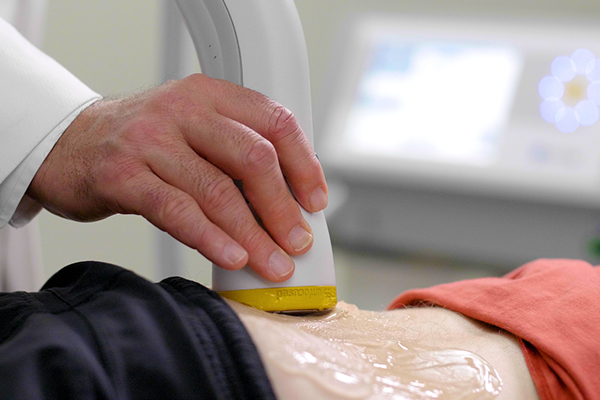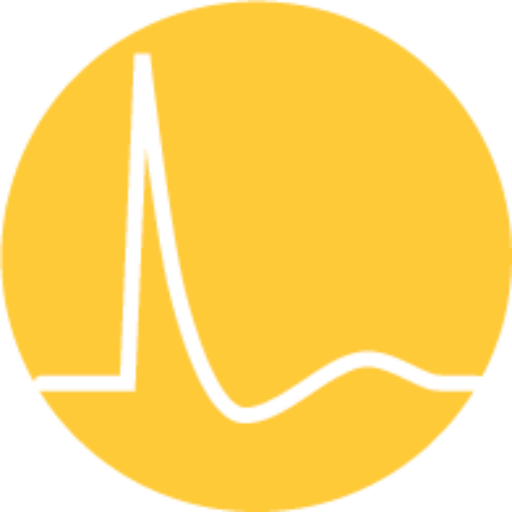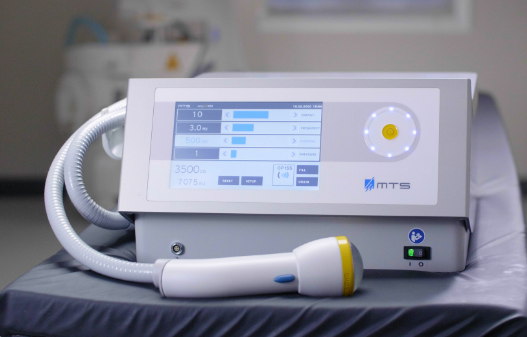SOFTWAVE THERAPY FOR ULCERS
Let Healing Begin with SoftWave
SoftWave therapy is a non-invasive treatment that uses patented technology to promote healing at the cellular level, improve blood supply, and initiate the body’s natural healing process.
- Improves blood supply and reduces inflammation
- Patented and FDA(510k) cleared
- 10-15 minute treatment sessions
- Fast acting with long term results
- No downtime, anesthesia, or numbing agents needed
Treat Ulcers with An Affordable Alternative to Surgery, Injections, or Medication
Join the thousands of patients who have experienced life-changing relief from SoftWave Therapy.
Trusted By Experts Around The Country
Treating Ulcers With SoftWave Therapy
Ulcers are open sores or lesions that develop on the skin or mucous membranes, often as a result of tissue damage or impaired blood circulation. They can be painful and are prone to infection if not properly treated.
Ulcers are open sores or lesions that develop on the skin or mucous membranes, often as a result of tissue damage or impaired blood circulation. They can be painful and are prone to infection if not properly treated.
SoftWave can be an effective treatment solution for ulcers. Additionally, SoftWave is clinically proven with a 61% to 91% improvement in musculoskeletal and general pain complaints. It has helped thousands of patients get real lasting relief.
Regrettably, ulcers affect more than 2.5 million people in the United States. Common symptoms of ulcers include:
- Open, painful sores or lesions on the skin or mucous membranes.
- Redness, inflammation, or swelling around the ulcer site.
- Drainage or pus coming from the ulcer.
- Pain or discomfort at the site, especially when touched or pressed.
- Slower healing of the ulcer and a tendency to recur if not properly managed.
Common causes of ulcers include bacterial or viral infections, poor circulation, prolonged pressure on specific areas, and underlying conditions like diabetes or autoimmune disorders.
SoftWave providers can develop a plan for treating ulcers. With our $69 New Patient Special, you can try SoftWave today and learn if you’re a candidate for treatment.
Hear From SoftWave Patients
Clinical Studies: SoftWave For Wounds
Shock Wave Therapy for Acute and Chronic Soft Tissue Wounds
This study investigated the feasibility and safety of using extracorporeal shock wave therapy (ESWT) for complicated, nonhealing, acute and chronic soft-tissue wounds. Two hundred and eight patients were enrolled, with treatment consisting of debridement, outpatient ESWT, and moist dressings. Of the 208 patients, 156 had 100% wound epithelialization during a mean follow-up period of 44 days, and there were no treatment-related toxicities, infections, or deterioration of any ESWT-treated wound. The study concluded that ESWT is a feasible and well-tolerated strategy for treating acute and chronic soft tissue wounds.
Extracorporeal Shockwave Treatment for Chronic Diabetic Foot Ulcers
In a study comparing extracorporeal shockwave treatment (ESWT) with hyperbaric oxygen therapy (HBO) for chronic diabetic foot ulcers, 72 patients were divided into ESWT and HBO groups. ESWT resulted in complete healing in 31%, improvement in 58%, and no change in 11% of cases, while HBO showed 22% complete healing, 50% improvement, and 28% no change. The ESWT group exhibited better clinical outcomes, blood flow, cell concentration, and activity compared to HBO. Immunohistochemical analysis revealed increased expressions of certain proteins related to wound healing in the ESWT group. In conclusion, ESWT shows greater efficacy in treating chronic diabetic foot ulcers than HBO.
Shockwave Therapy Reduces Wound Size by 99.9% in Elderly Patients
Alternative therapy using DermaGold soft-focused Multiwave treatment was administered to an 80-year-old patient with a large infected decubitus ulcer, resulting in a 99.9% decrease in wound size, significant healing, and nearly scar-free healthy skin tissue regeneration, demonstrating the potential of shockwave therapy as a non-invasive, pain-free option for chronic wound treatment.
New Patient Special
Try SoftWave Therapy for $69 at a clinic near you.
SoftWave FAQs
-
What is SoftWave therapy?
SoftWave Therapy is a non-invasive treatment that uses patented technology to promote healing at the cellular level, improve blood supply, and initiate the body’s natural healing process. SoftWave is performed with a patented device called the OrthoGold, developed by Tissue Regeneration Technologies, and is available at licensed medical clinics throughout the United States. This FDA(510k) cleared technology produces powerful, unfocused shock waves delivered during treatment to an injured, scarred, or inflamed region of the body. Treatment typically takes 10-15 minutes, and no anesthesia, numbing agents, or recovery time is required.
-
Where can I go to get SoftWave therapy?
SoftWave Therapy is performed by licensed clinicians at doctors’ offices, chiropractic and physical therapy clinics, and medical centers across the United States. Click to find a SoftWave provider in your area.
-
What is the SoftWave treatment process like?
SoftWave is a fast and convenient non-invasive procedure that usually lasts 10-15 minutes, with no downtime required for recovery. First, ultrasound gel is applied, then the SoftWave device is gently placed to deliver shock waves to the injured area. Most patients feel a gentle tapping or pulsing sensation, while some patients may experience mild pain or discomfort. The use of anesthesia or numbing agents is not necessary. Effective communication with the provider during treatment can help identify treatment hotspots and track progress.
Click to see what SoftWave treatment looks like in action.
-
What results should I expect from SoftWave therapy?
If you are a candidate for treatment, SoftWave Therapy can provide both immediate and long-lasting results. After one SoftWave session, patients typically experience a 20-50% reduction in pain and improvement in mobility, lasting from a few hours to several days. Some patients require multiple sessions before experiencing improvement.
To determine if SoftWave is a suitable treatment for you, schedule a $69 New Patient Appointment, where you will receive one SoftWave treatment session, and the provider will assess whether further treatment is appropriate.
Unlike pain medications and injections, SoftWave treatment seeks to activate the body’s natural healing process at the cellular level to deliver genuine and long-lasting results.
-
Is SoftWave FDA-cleared?
SoftWave therapy is FDA(510k) cleared for various indications, including improved blood supply, activation of connective tissue, temporary pain relief, treatment of chronic diabetic foot ulcers, and treatment of acute second-degree burns.
Moreover, SoftWave is a patented and clinically proven treatment option with a success rate ranging from 60-91% for various musculoskeletal and general pain complaints. This therapy is trusted by renowned medical institutions such as Cleveland Clinic, Shepherd’s Center, and Memorial Sloan Kettering, as well as professional sports teams like the Chicago Cubs and Pittsburgh Steelers.
-
Does SoftWave therapy have side effects?
Side effects from SoftWave Therapy are minimal and non-restrictive. SoftWave does not cause bruising or swelling, although some patients may experience slight redness and soreness that typically subsides within one to two days. While recovery downtime is not usually needed, we recommend avoiding high-impact movements or exercise for the first 24-48 hours.
